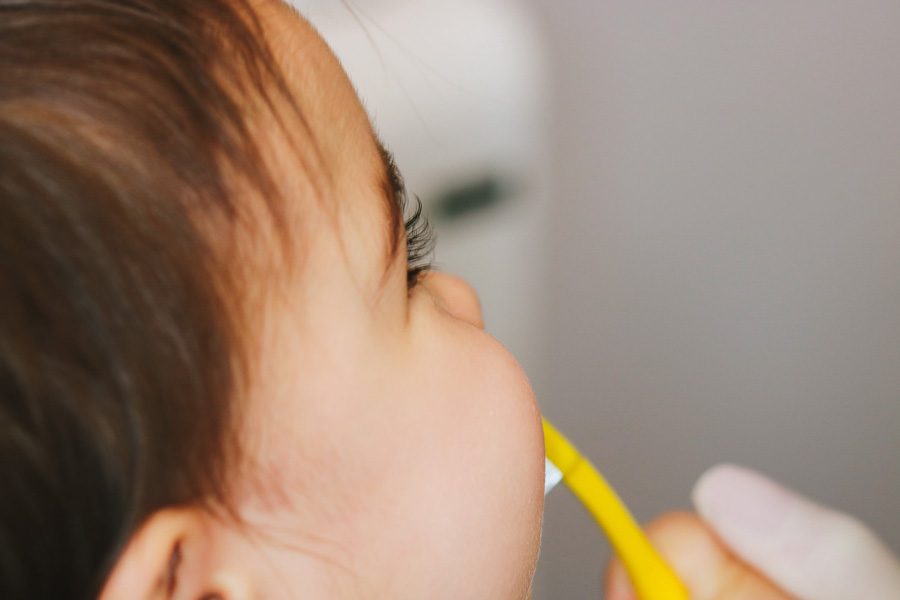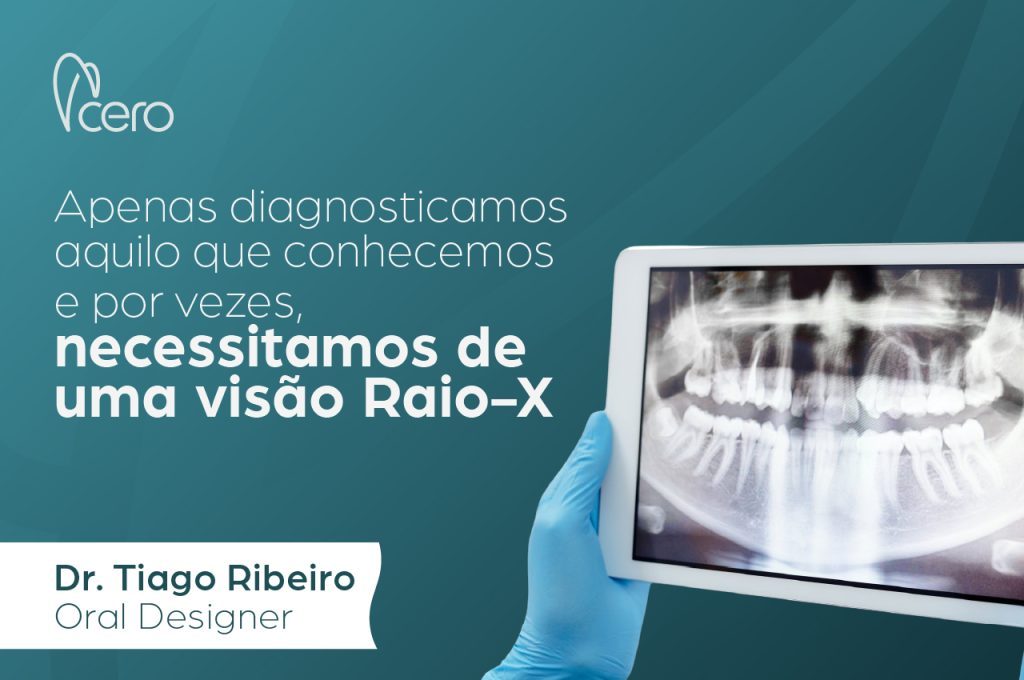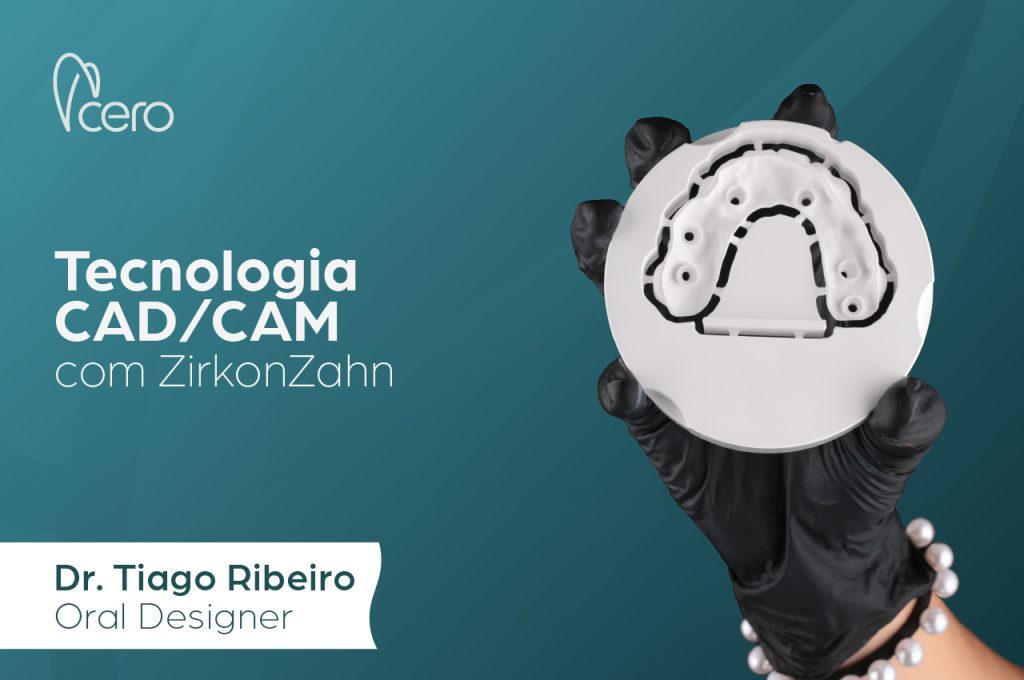How do you calculate the price of Implant Placement surgery?
The American Academy for Pediatric Dentistry and the American Dental Association recommend that the first visit to the dentist be in the first year of life. We too, believe that the way is in prevention, care and control of habits, as well as in teaching correct brushing and oral hygiene techniques.
Tooth decay is the most common chronic disease in childhood. In Portugal, the percentage of children up to 6 years old is around 50%. In addition to the pain it causes, if not treated early it can cause an infection that can spread to the soft tissues, causing abscesses, with potential systemic involvement, and in some cases sepsis. Premature tooth loss can lead to speech problems and also nutrient deficits due to chewing difficulties.
The first consultation should take place around the 1st year of life, since at this age the 1st teeth begin to erupt. This is one of the most important, if not the most important, consultations.
Usually on this first visit, the child only gets to know the space, the instruments and the pediatric dentist. When necessary, we can also perform some type of radiographic examination, but the most important thing is that the child feels comfortable and safe and that a relationship of empathy and trust is established between the child and the pediatric dentist in this first experience. It is therefore essential that this first experience is positive and pleasant.

We should not postpone and wait for an emergency situation, for example a fall that can have repercussions at the dental level, since childhood is the stage in which there are more situations of dental trauma, or even toothache. Going to the dentist should become a habit that should be as routine as possible, so that in this way it is easier for the child to learn to deal with fear and behave in the consultation.
In this first consultation, the pediatric dentist also performs an assessment of the child’s risk of caries, since there are children more susceptible to caries, for example for genetic reasons, eating and hygiene habits, and therefore it is important that there is a balanced management in diet, hygiene and application of fluoride to prevent these carious lesions.
The best way to brush the child’s teeth should also be shown and explained what care to take with oral hygiene at home.
Based on the prevention and evaluation of jaw growth, in this consultation sucking habits, nutritive (breastfeeding and bottle) and non-nutritive (use of pacifier or finger sucking) should be evaluated.
A Preventive Dentistry consultation may also be carried out, where cleaning and topical application of fluoride is carried out.
At the end of the pediatric dentistry consultation, the diagnosis is explained to the parents and the treatment plan is established.
In case of good oral health and there is no need for additional treatments, the child should visit the dentist at least every 6 months to make a reassessment during a Preventive Dentistry consultation.
Prevention in children is the best investment we can make in the health and well-being of our children.




